The decades-long effort to advance the design and technology of steam locomotives constantly circled back to the idea of “make it bigger.” Articulated engines took that notion and doubled it both figuratively and literally. The results were roughly 3,000-built machines of epic proportions with the strength and flexibility to haul either slow drags through mountainous terrain or hotshot freights across the plains.
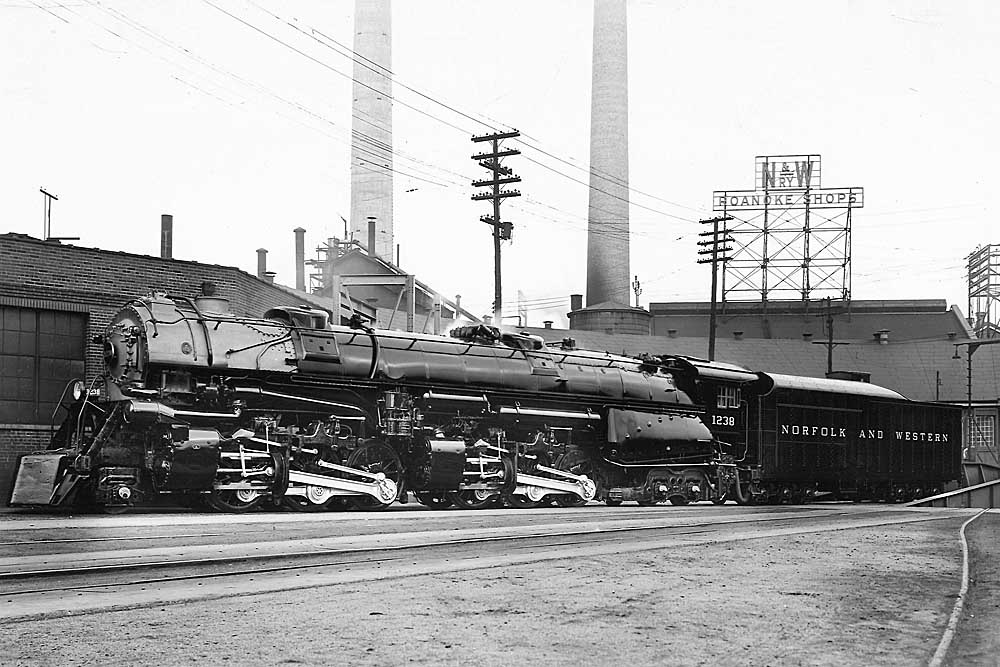
The key to articulated steam locomotives involves two separate engine sets, each consisting of their own cylinders, running gear, and driving wheels. Former Classic Trains Editor Robert S. McGonigal described it best in Trains’ June 1995 issue, explaining that both engines were hinged together under the boiler with the pressure vessel itself attached directly onto the frame of the second engine. The first engine would swivel semi-independently from the boiler and second engine to help the locomotive negotiate curves while still receiving the necessary steam pressure.
This advanced feat of articulation made most of them nimble. By hinging the drivers, many of these locomotives can take tighter curves compared to their traditional, rigid-frame single-cylinder counterparts, despite having more wheels and bigger boilers. The separate sets also allowed for lighter side rods and the ability to spread overall weight distribution to reduce wear on the track.
The origins of articulated steam locomotives can be traced as far back as the 1860s to Scottish engineer Robert Francis Fairlie. Patenting the narrow-gauge Fairlie locomotive in 1864, he experimented with double-ended boilers resting on either a 0-4-4-0T or 0-6-6-0T wheelbase. Mixed results brought little interest in North America, but it was still a foundation that would be reinforced and built upon in the name of Mallet.
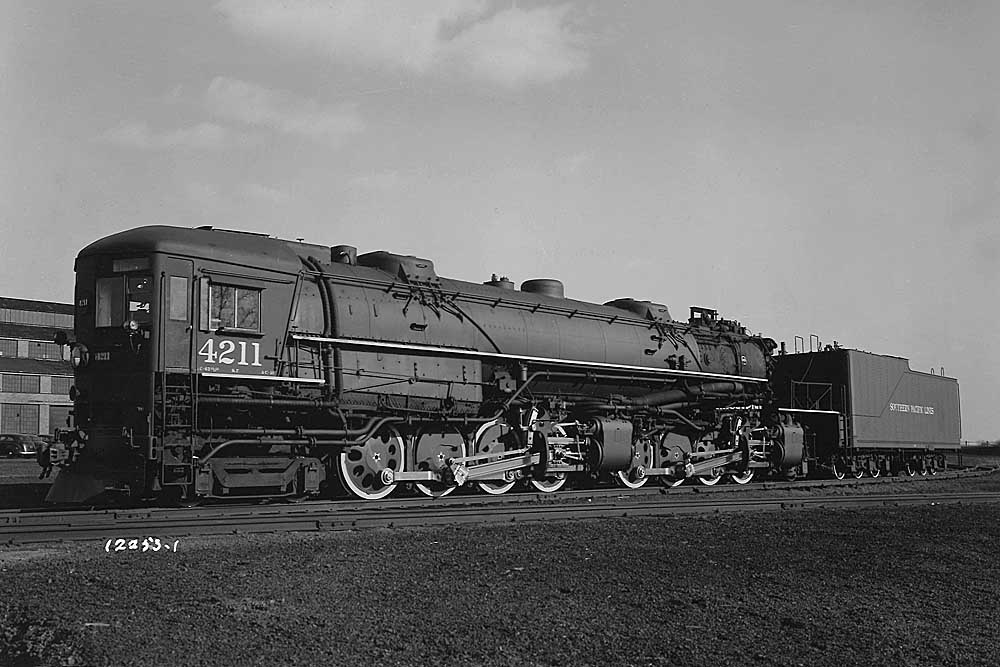
At the turn of the 20th century, Swiss engineer Anatole Mallet revolutionized the previously mentioned hinge pin concept by introducing the “Mallet” compound locomotive. The first (and ultimately the overall first articulated steam locomotives) in the United States were 0-6-6-0 switchers for the Baltimore & Ohio Railroad in 1904. Further enhancements to the design beyond yard duties culminated in Baldwin Locomotive Works’ compounding system, using generated steam twice for more power, while consuming less fuel and water. The high-pressure cylinder on the rear engine set would be the first to receive steam directly from the boiler; from there the steam would be directed to the front engine’s larger, low-pressure cylinders.
Combining the compound system with the introduction of superheaters made the Mallet of any size and wheel arrangement a welcome sight along main lines, short lines, and logging railroads. Initially, tractive effort at low speeds was the name of the game for these locomotives when climbing steep grades with a drag freight in tow. By the 1930s, horsepower at higher speeds became paramount. How articulated steam locomotives would play into this new approach would involve the next advancement.
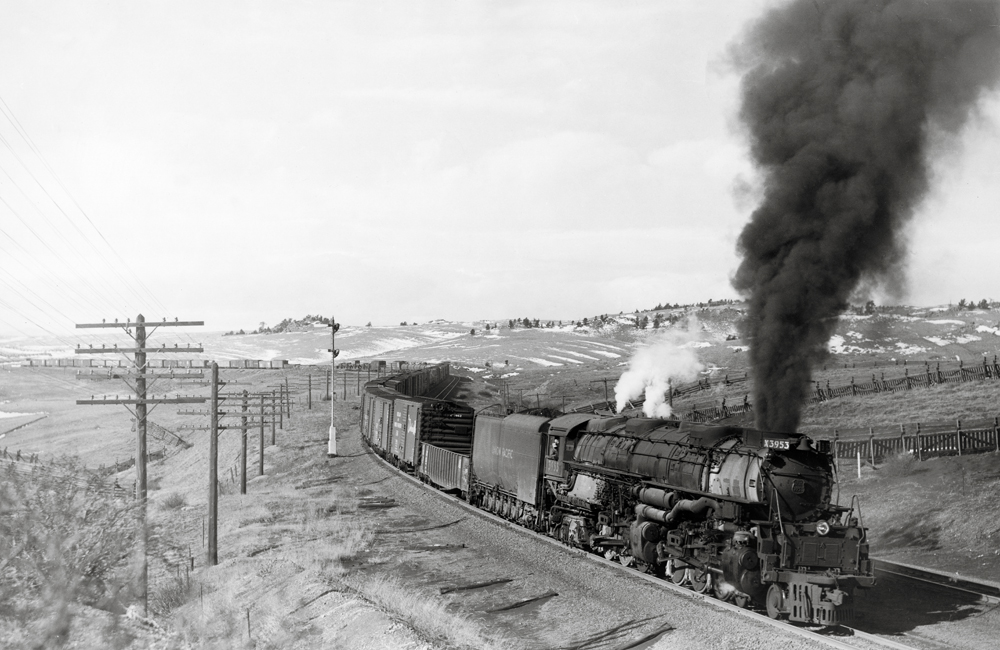
“Simple” articulated engines began appearing well into the 1940s. The cylinders on both engine sets were the same size and receiving steam equally from the boiler; larger driving wheels also were part of the equation. The basic hinge concept remained, yet the articulated steam locomotive was no longer a one-trick pony. These monstrous racehorses could gallop at high speeds on mainline fast freights, and even occasionally pitch in on passenger runs. A tremendous variety of such locomotives arrived from Baldwin, American Locomotive, and Lima Locomotive, signifying what to many was the apex of steam design.
Further expansions to the design included four “triplex” locomotives — three Erie 2-8-8-8-2s and one Virginian 2-8-8-8-4 — with an added third engine under the tender, while Santa Fe’s 2-6-6-2 Mallets used a hinge for both the frame and boiler. Meanwhile, the Pennsylvania Railroad went the “duplex” route, taking the hinge out of the design and fixing two engine sets onto a rigid frame. The PRR manufactured 83 locomotives between 1937 and 1946, ranging from powerful Q2 4-4-6-4s to incredibly fast T1 4-4-4-4s, none of which lasted even ten years in regular service. A footnote: Today’s Pennsylvania Railroad T1 Trust is designing and building a replica.
Articulated steam locomotives, both Mallet and simple, saw service to the end of the steam era. Ironically, the final engine Baldwin built for the domestic market was 1949’s Chesapeake & Ohio 2-6-6-2 Mallet No. 1309, which operates today on the Western Maryland Scenic Railroad in Cumberland, Md. A healthy amount of articulates were preserved, with a handful returning to service over the years, including two from Union Pacific: 4-6-6-4 No. 3985 and Big Boy 4-8-8-4 No. 4014.
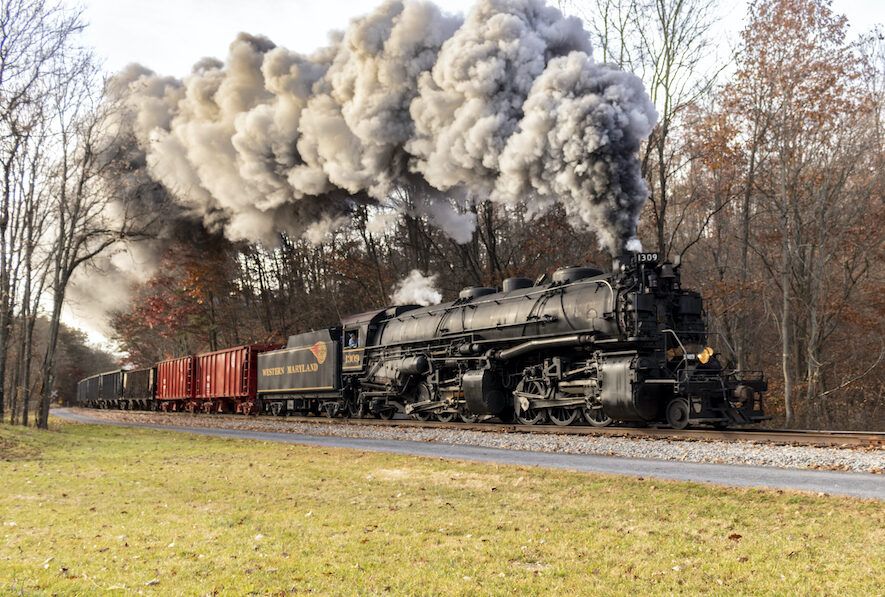
To find articulated steam locomotives that still operate, check out the Great American Steam Locomotives: Articulateds DVD from Trains.






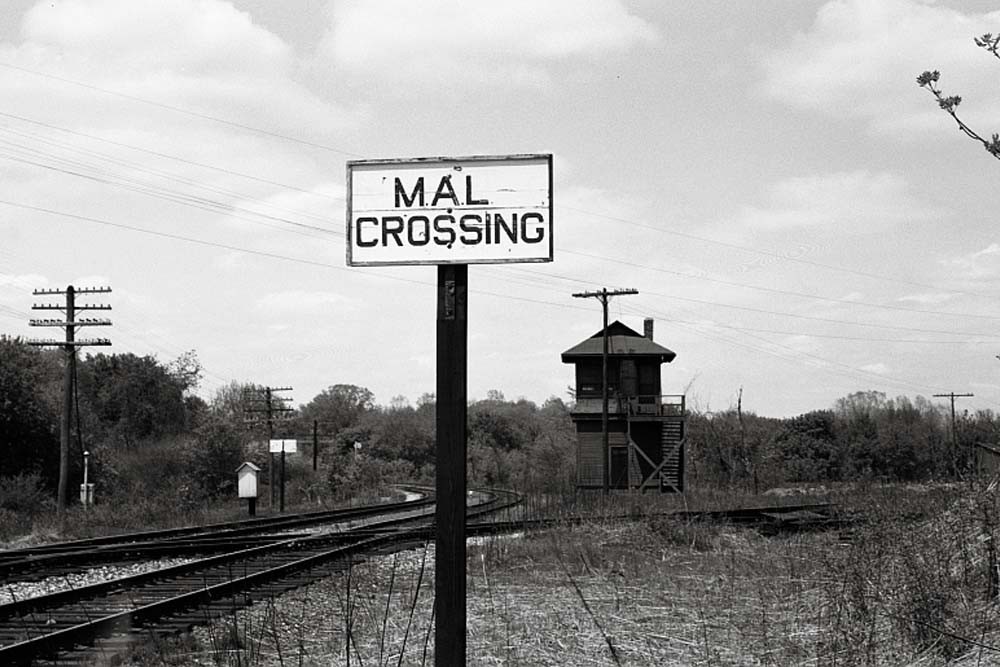
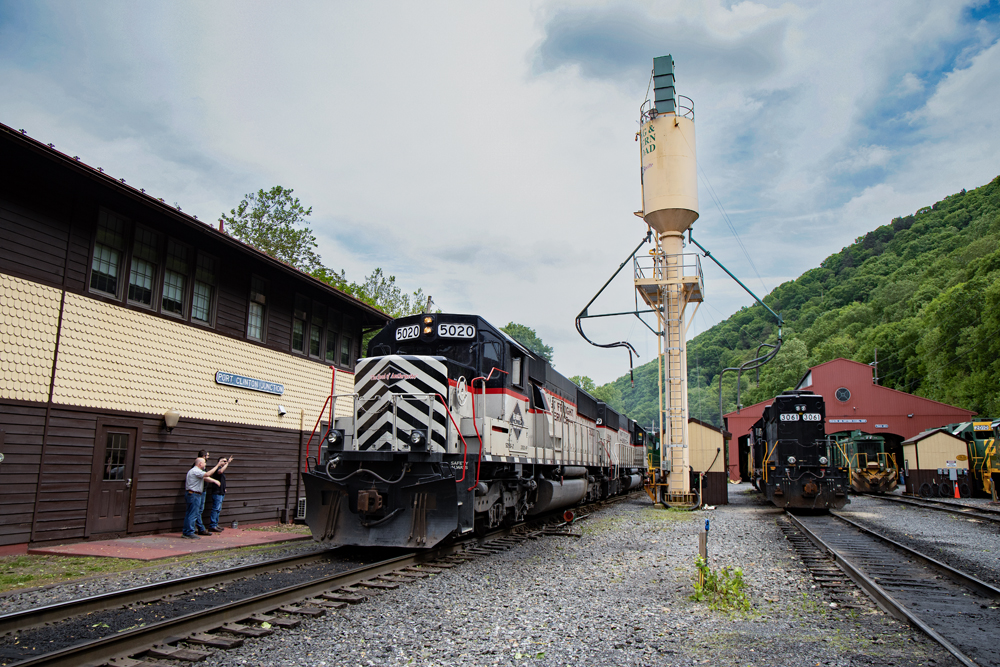
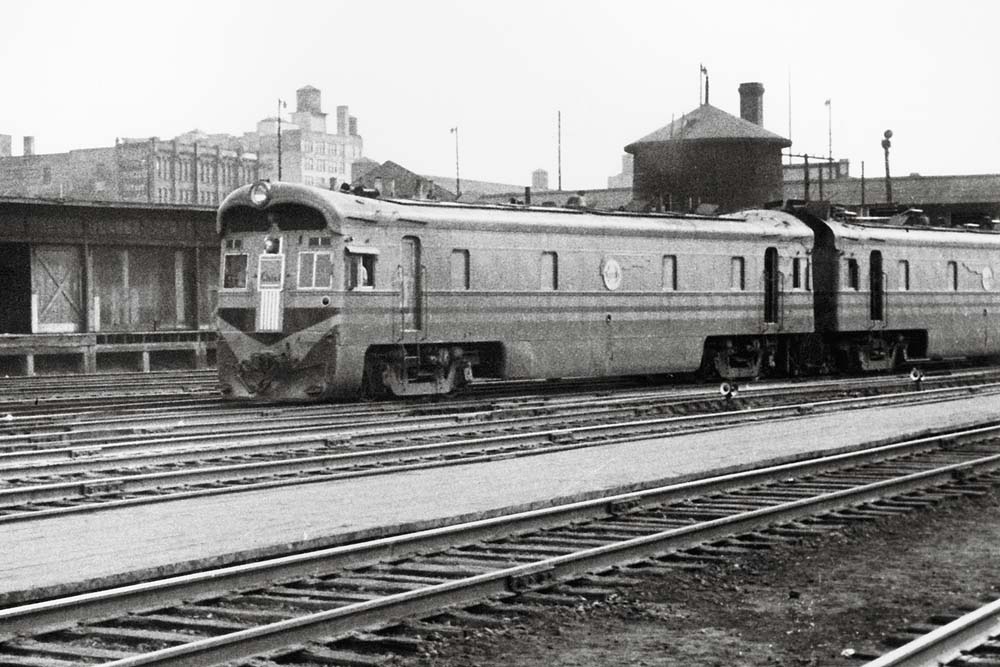
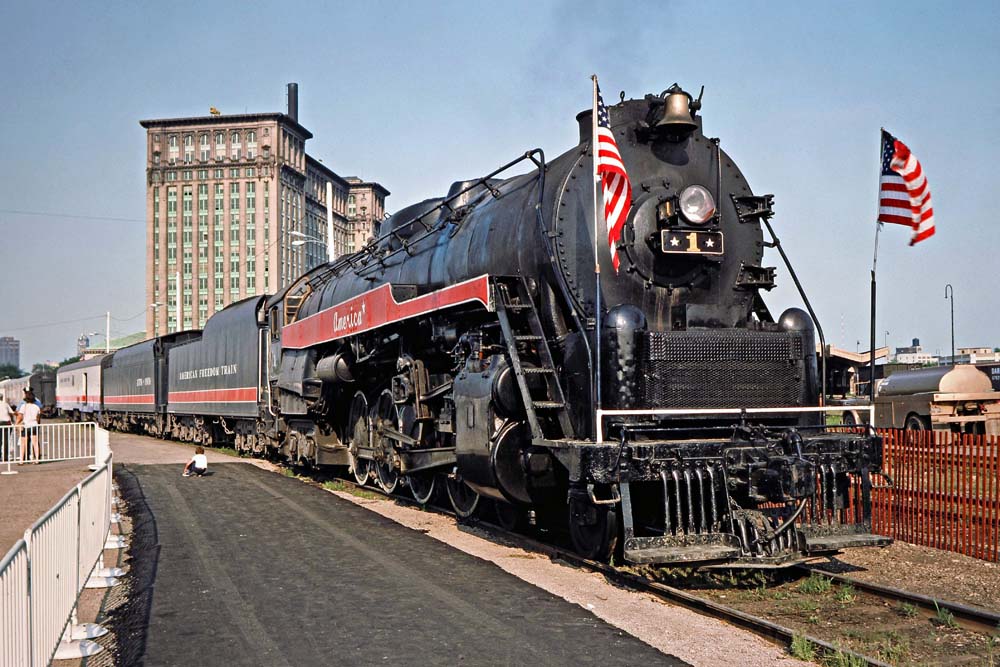
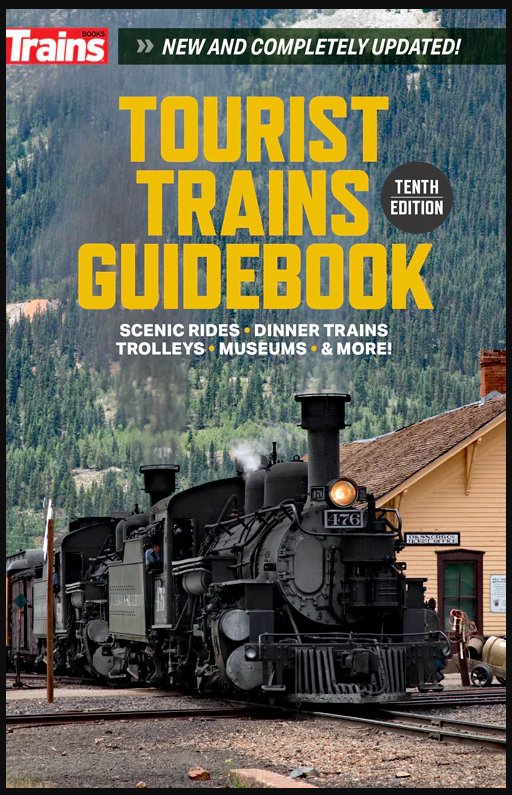
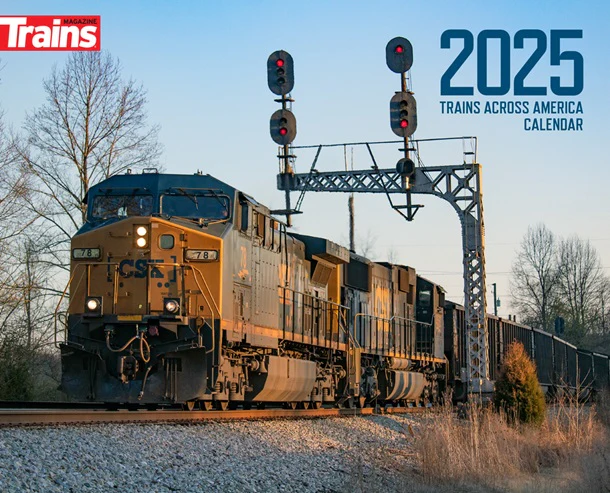
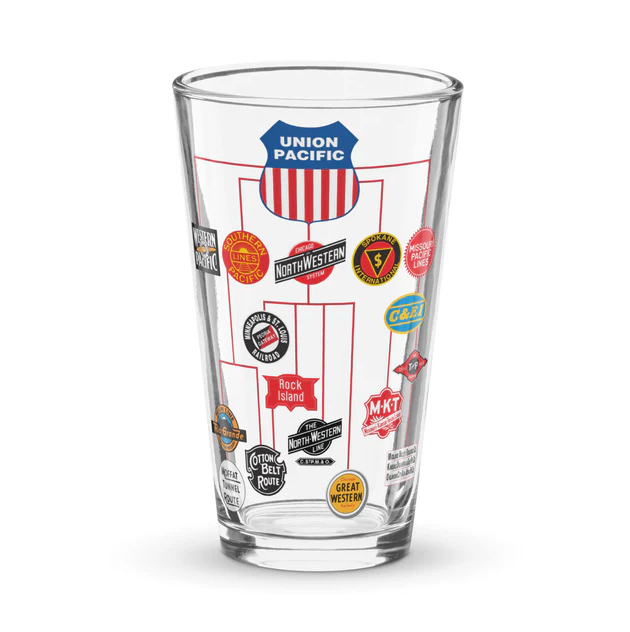
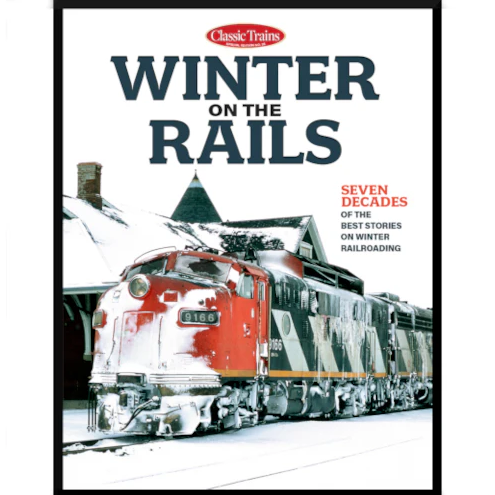
A pretty feeble synopsis of the articulated locos. Other than one photo of an N&W locomotive, there is no mention nor credit given to the N&W about their advancement of the compound articulated locomotive into the great versatile workhorse loco that the Y class became or the fact that they built articulated locos long after Baldwin!